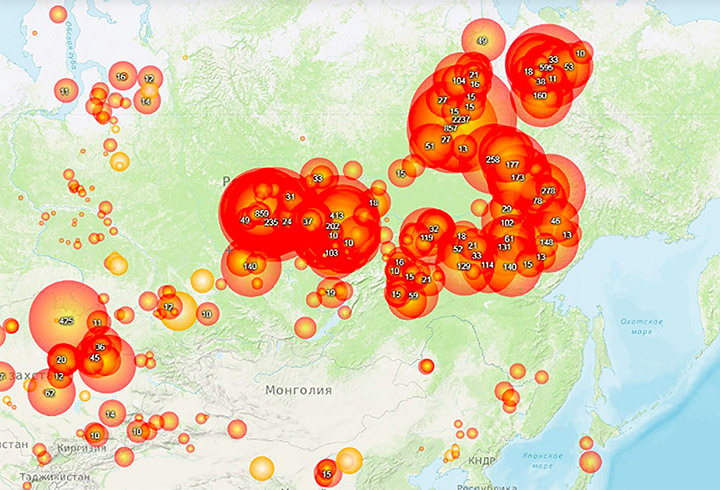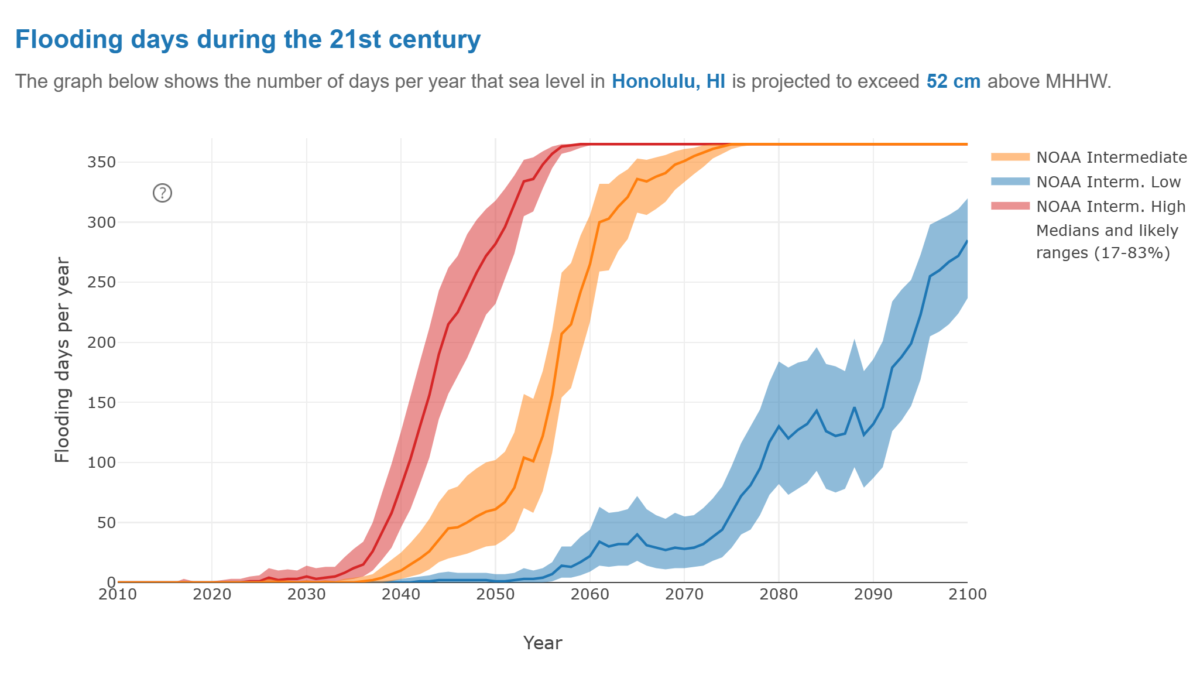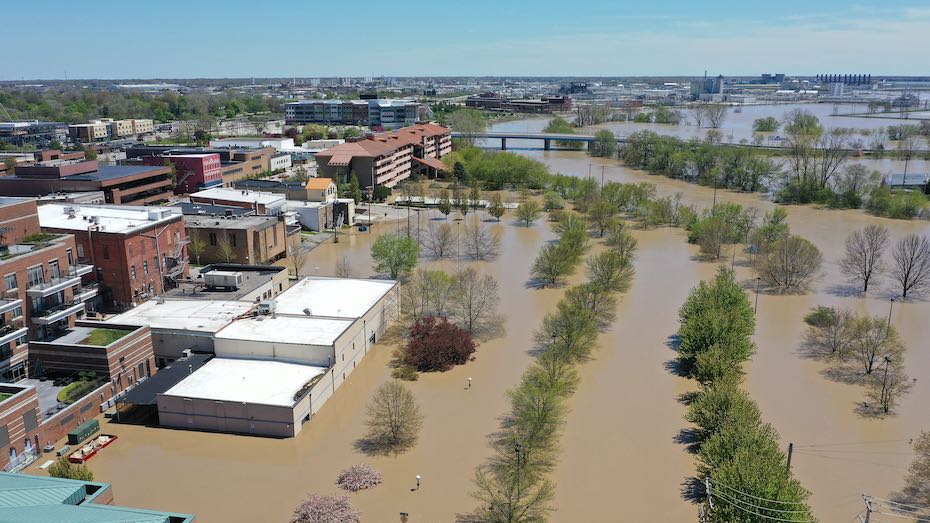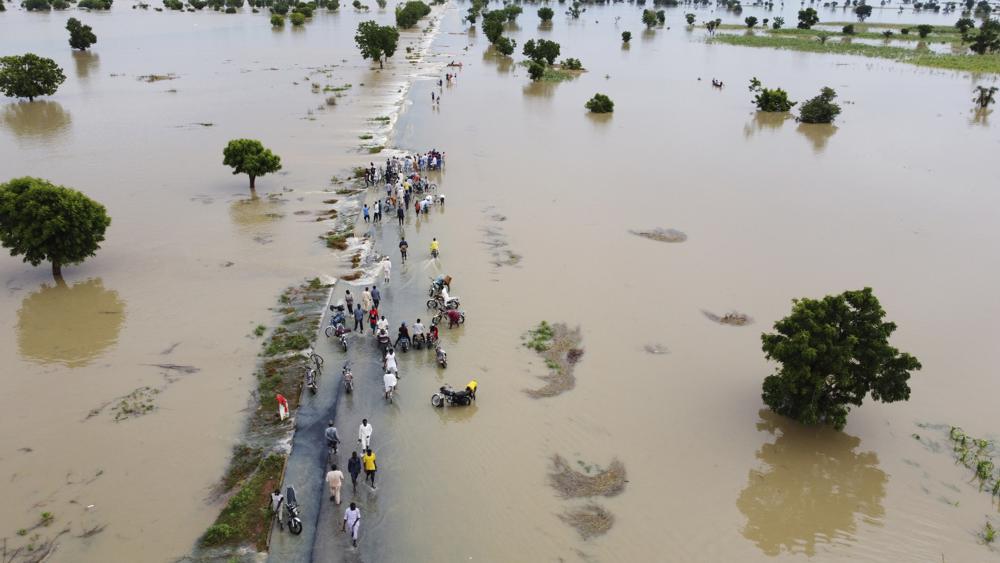5.4 million hectares ablaze in Siberia – “Almost four million hectares that are burning now are impossible to extinguish with any group of forces”
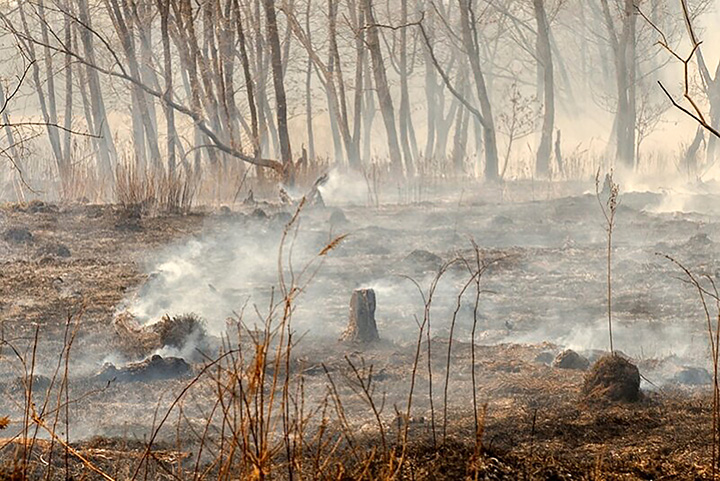
14 August 2019 (The Siberian Times) – Territory covered with wildfires across Russia has reached its peak for the year so far, with some 5.4 million hectares ablaze mostly in Siberia and the country’s far east.
The total land destroyed by flames will soon exceed 2018 with weeks of the burning season still to go.
Greenpeace Russia has predicted the damage can overtake the worst year on record, 2012.
Only some 9 percent of these fires are actively being fought, since resources are concentrated by the authorities on flames threatening settlements or industrial or other crucial facilities.
The immense scale of the fires is highlighted by the fact that so far this year some 14.9 million hectares have been destroyed by burning. This is an area larger than Bangladesh or Greece.
Smoke from wildfires has covered an area larger than the European Union.
In 2018 wildfires hit 15.4 million hectares, and in 2012, the destruction ranged over 18.1 million hectares.
It is ‘not only forest that degrades and dies, but also millions of people suffer from smoke and wild animals lose their habitat’, said Konstantin Fomin, press secretary of Greenpeace Russia.
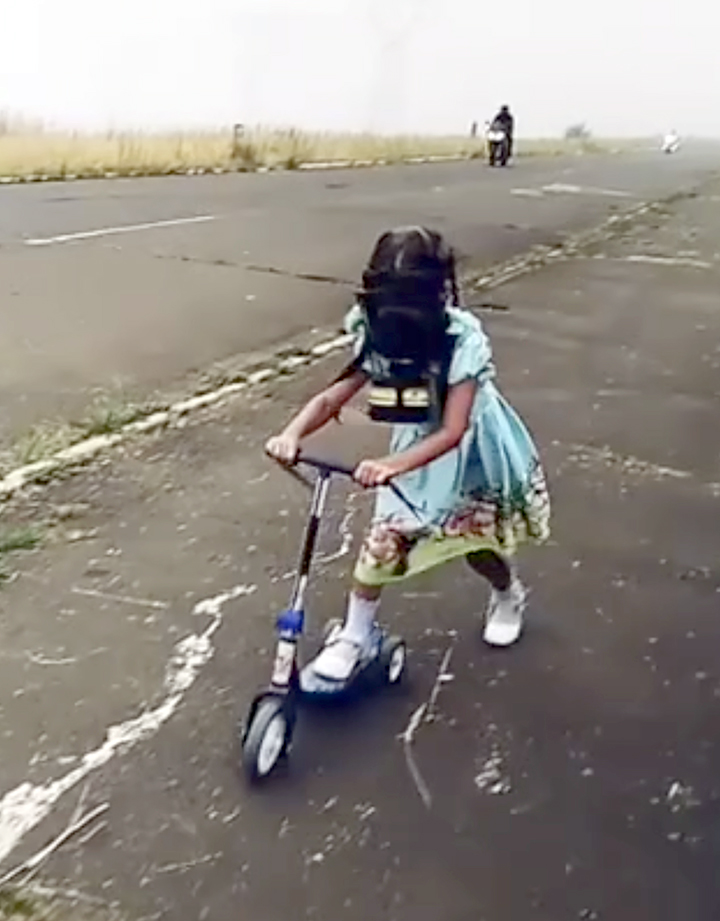
The organisation estimates that the wildfires will have produced over 225 million tonnes of carbon dioxide which is compatible to annual exhaust of 49 million cars.
US president Donald Trump famously offered American help in coping with the wildfires, the some from which has already crossed the Pacific.
But Grigory Kuksin, head of the counter-fire department of Greenpeace Russia told Moscow journalist Irina Shikhman: ‘All this can be extinguished only by the rains.
‘Almost four million hectares that are burning now are impossible to extinguish with any group of forces, even if we will gather all the firefighters of Russia, call the Americans and add the Europeans. Throwing the water from the air is a show off, catchy picture for the TV.

‘These airplanes – the Il-76s can make only a few flights per day – from their base to the burning area. They throw 40 tons of water and doing this they can temporarily extinguish only 750 metres of the fire edge if they hit the right spot. 750 metres is not that much given the scale of the fires, while the cost of the water thrown, given all the transport expenses, all the salaries to the staff, is close to the cost of Champagne.
‘So 40 tons of Champagne … and with similar efficiency.’
Fire expert Alexander Bryukhanov said that this year’s fires are ‘very strong’.
‘There are a lot of high-intensity ground fires or even high fires that destroy almost all the vegetation in their path,’ he said.
‘One month has been lost.
‘They have not been extinguishing for a month, but now it is impossible.
‘It also happens that the forests that were extinguished catch fire again.’ [more]
2019 to be ‘worst-ever year’ for wildfires in Siberia and ‘only rain can now extinguish flames’
